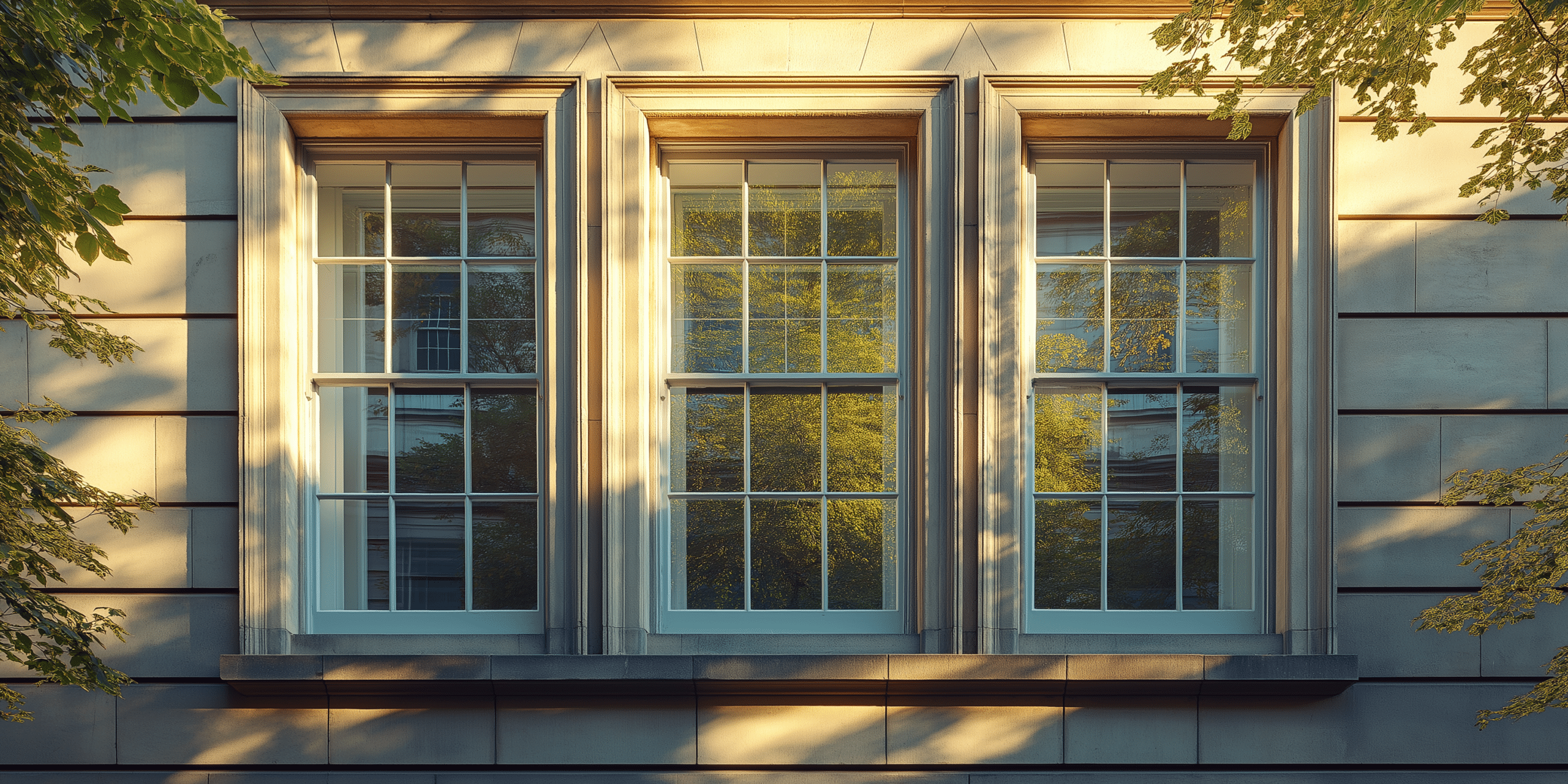What is Dry Fitting for Sash Windows and Why is it Crucial?

Sash window dry fitting refers to temporarily assembling a sash window into its frame without any permanent fixtures. This critical step is essential in ensuring that your windows fit properly and function efficiently over time. By conducting a dry fitting, you can identify and correct potential issues, such as sash misalignment, imbalanced sash weights, and window draughts, before the final installation.
For both heritage sash windows, such as Victorian and Georgian sash windows, and modern designs, dry fitting allows for precise adjustments, which is crucial in maintaining the integrity of the frame structure and ensuring proper insulation. Installing a window without testing the fit can lead to problems such as draughts, rattling, and even operational failure, especially in period properties. Whether you’re a professional installer or a DIY enthusiast, sash window dry fitting helps you avoid costly errors and provides peace of mind that the window will perform smoothly once permanently installed.
Dry fitting is a critical phase in sash window restoration. It allows you to check for any misalignments or imperfections before the final installation. By focusing on this step, we ensure the longevity and smooth operation of the window once installed.
What Happens if the Sash Doesn’t Sit Correctly?
Adjustments can be made easily if the sash doesn’t fit during dry fitting. For example, you may need to realign the sash cords, adjust the balance of the sash weights, or sand down sections of the timber frame to ensure a better fit. Without dry fitting, these errors often only become apparent after final installation, which could lead to expensive repairs and inefficient window operation. Ensuring the sash pulleys and weights function correctly at this stage will avoid issues like sticking or unbalanced sashes later on.
Dry fitting is essential in older sash windows to ensure the integrity of the original timber. This process identifies areas that need attention, such as rotten or warped wood, which can be fixed before the final installation.
Step-by-Step Guide: How Do You Dry Fit Sash Windows?
Step 1: Measure the Frame Accurately
The first step in dry fitting is to measure the window frame accurately. Use a tape measure and check the dimensions of the frame opening at multiple points—both horizontally and vertically. For accuracy, confirm that the frame is square using a spirit level. Adjustments must be made during installation if the frame is not perfectly square.
Step 2: Position the Sash in the Frame
Carefully position the sash window into the frame. Dry fitting is to test the window’s fit and operation before making any permanent alterations. If the sash cords are not properly aligned or the sash weights are not correctly balanced, this is the stage where adjustments can be made. Ensure the sash moves freely up and down within the frame without resistance.
Proper dry fitting ensures the frame and sash are appropriately prepared for the final glazing. This helps maintain the historical integrity of conservation area buildings, preserving both performance and aesthetics.
Step 3: Test Fit and Balance
Test its operation once the sash is in place by sliding it up and down multiple times. The sash should stay in any position without falling or rising. If the window drops or sticks, the counterweights need adjusting. Balancing the window is key to ensuring long-term operation and minimising wear on the cords and pulleys.
Step 4: Mark Areas for Adjustment
At this point, it is important to mark any areas where the sash window or frame needs further adjustment. Using a pencil, mark areas where the frame may need to be trimmed or where the sash isn’t sitting flush. Marking ensures that you know exactly where to make adjustments when you proceed to the final installation, eliminating the need for guesswork later.
Why Do Industry Standards Recommend Dry Fitting for Sash Windows?

According to FENSA, the UK’s leading authority on window and door installation standards, dry fitting is an essential part of the installation process. Compliance with building regulations, especially in historic properties like Grade II listed buildings, requires careful consideration of the window’s aesthetic and functional aspects. Dry fitting allows installers to maintain the integrity of the building’s original architecture while ensuring that the sash windows comply with modern insulation and energy efficiency standards.
Additionally, “A study by the Glass and Glazing Federation found that dry-fitted windows were significantly less likely to require post-installation adjustments”. The ability to test sash weight calibration and adjust pulley systems before finalising the installation ensures that windows operate at peak performance from the outset.
How Can You Benefit from Sash Window Dry Fitting?
If you’re preparing to install sash windows, dry fitting can save you much time and frustration. It’s natural to wonder: What happens if I make a mistake? Fortunately, dry fitting allows you to make corrections before any permanent fixtures are applied. Whether adjusting the sash weight distribution or testing the sash cord tension, this process empowers you to get the perfect fit without the risk of costly errors.
Conclusion: The Importance of Sash Window Dry Fitting
Dry fitting ensures that your sash windows fit perfectly within the frame, operate smoothly, and maintain thermal efficiency. However, you may encounter issues such as draughts, misaligned sashes, or structural damage to the frame. These problems are not only costly to fix but can also reduce your home’s energy efficiency.
You’re investing in long-term performance by taking the time to test and adjust your windows before final installation. Whether working on a historic restoration or installing modern double-glazed sash windows, dry fitting ensures that your windows provide years of trouble-free operation.
Dry fitting is crucial to the smooth operation of sash windows. It allows us to ensure that all components, including the sash pulleys and weights, are properly calibrated, preventing operational issues in the future.




